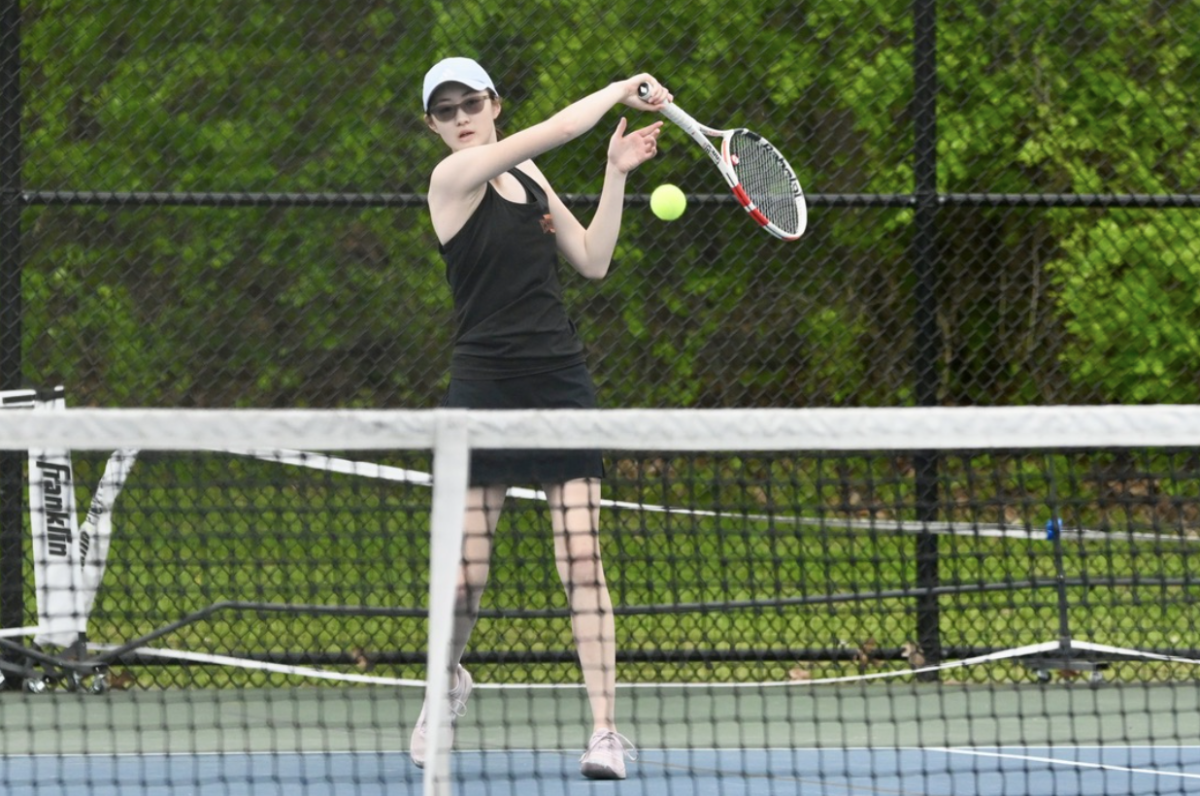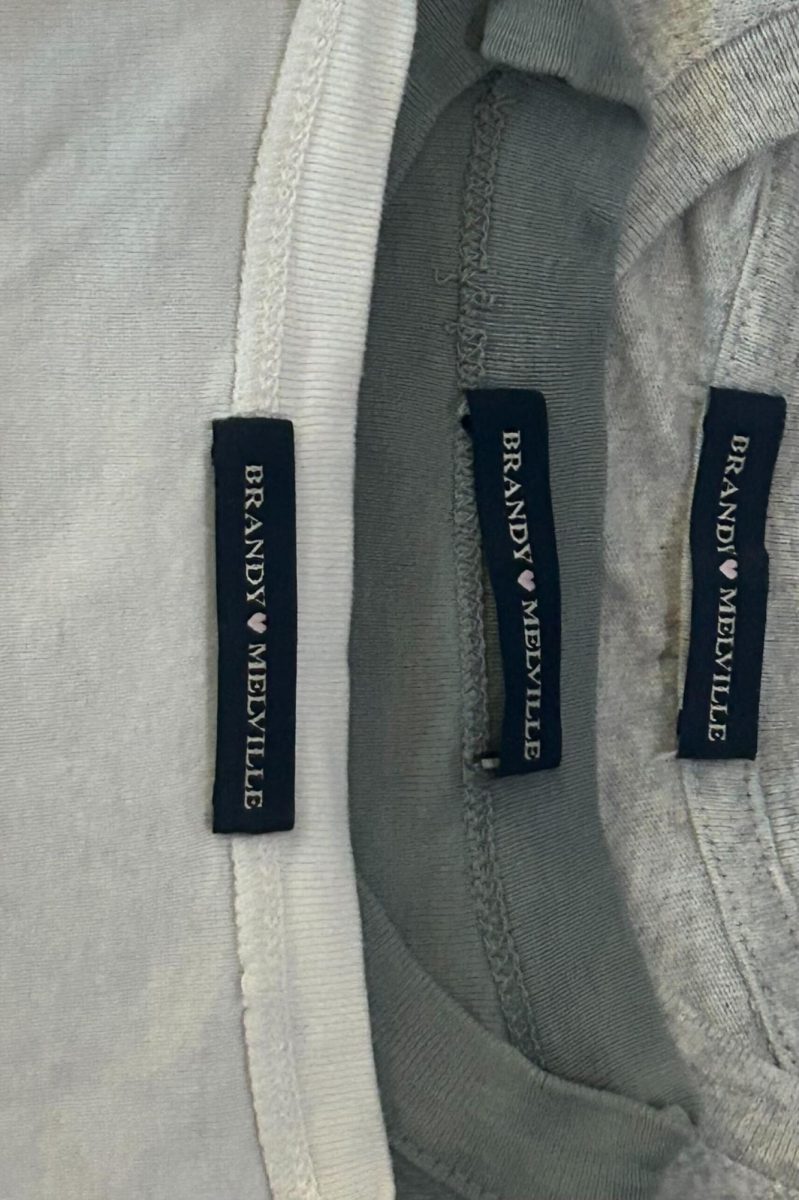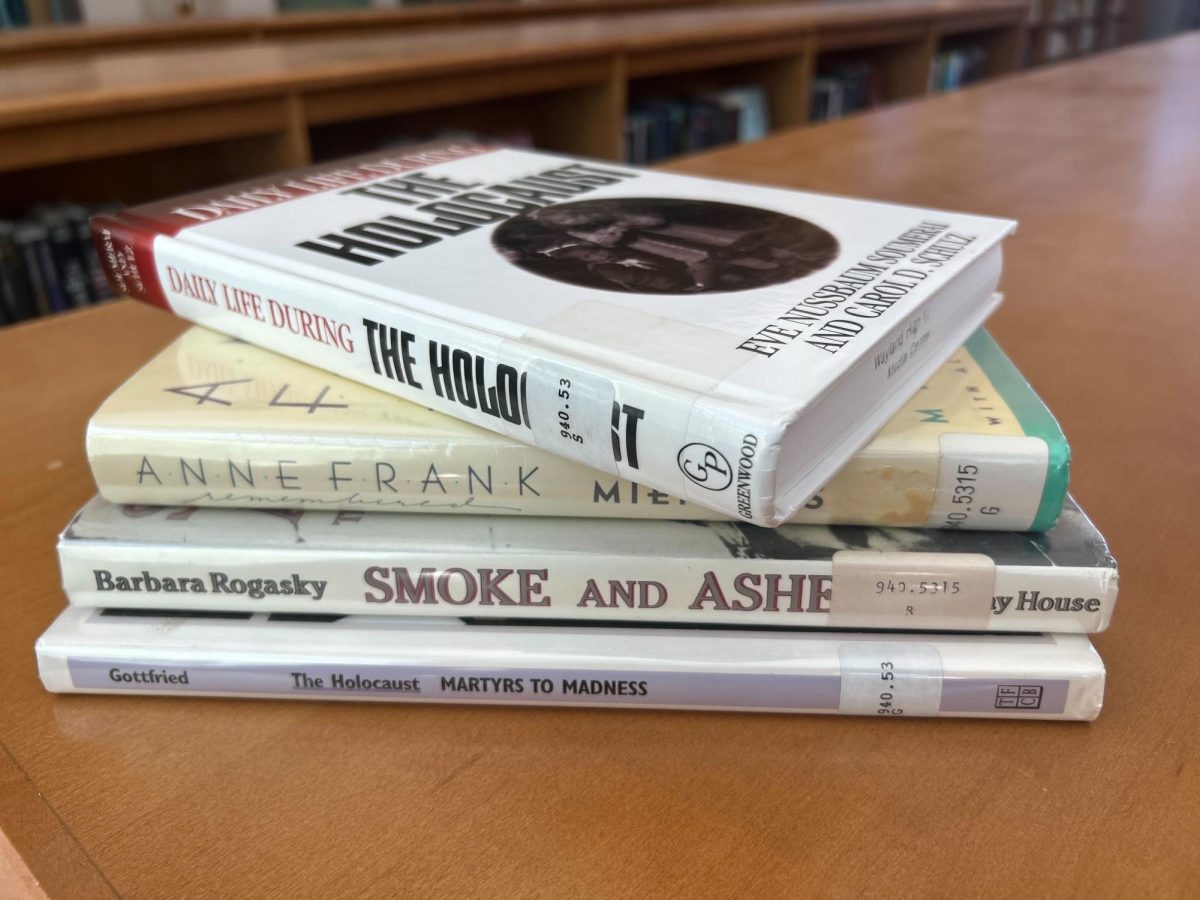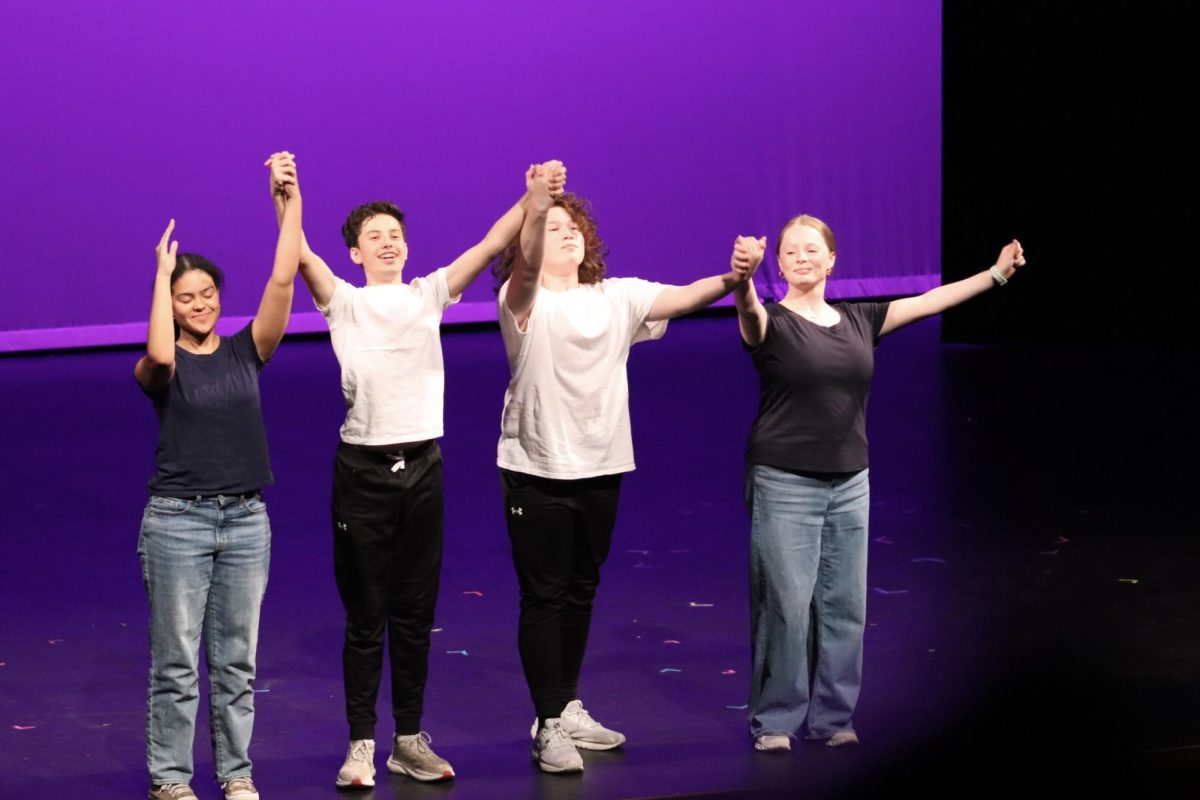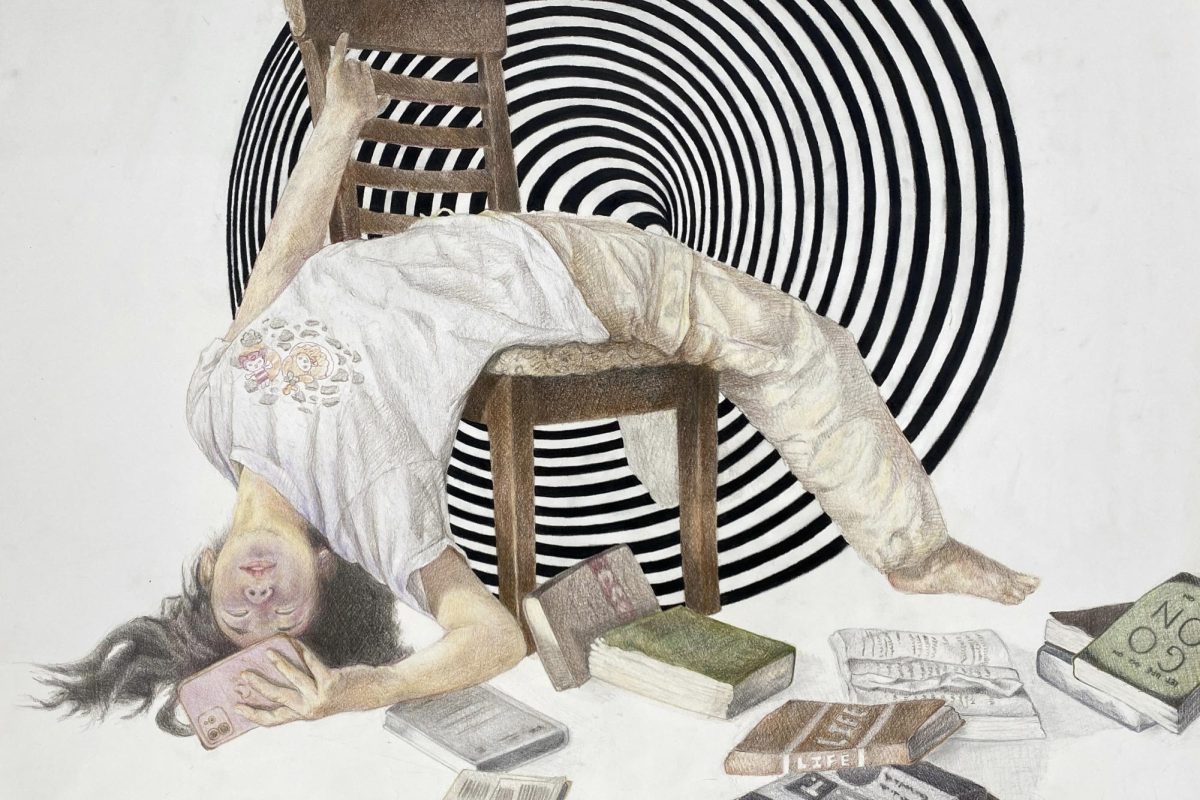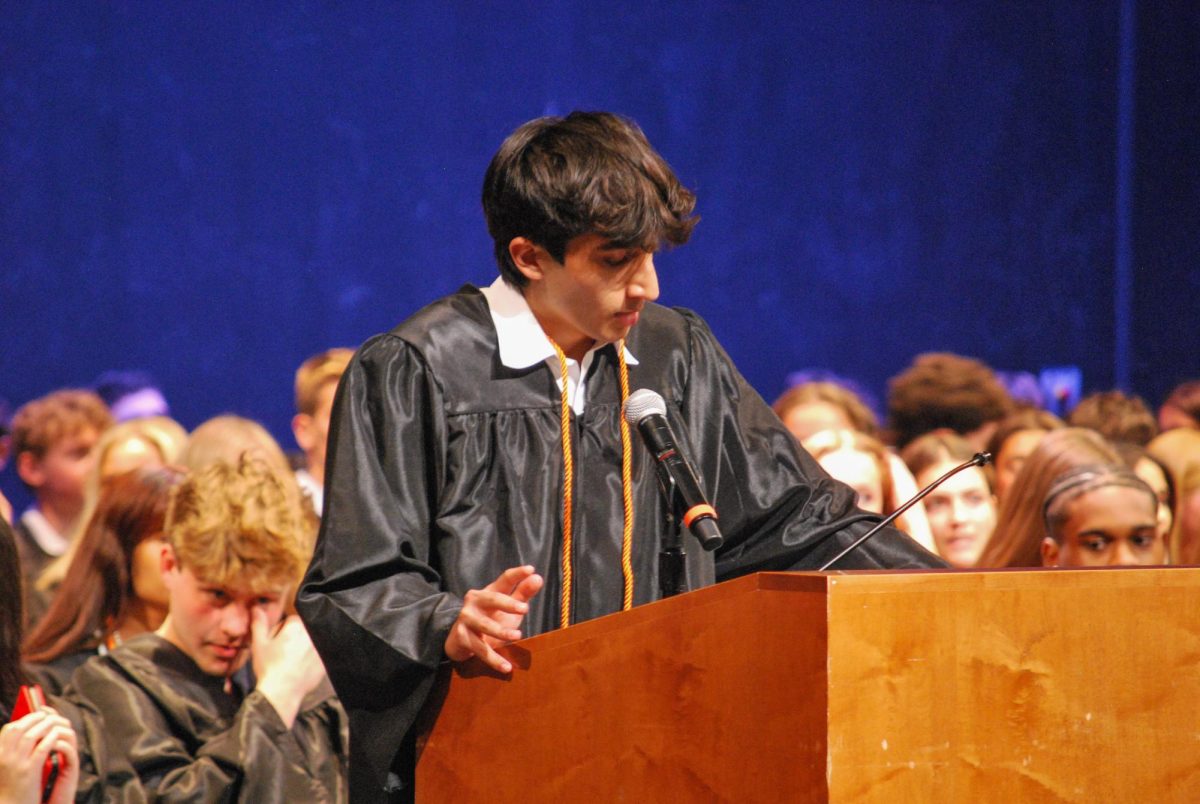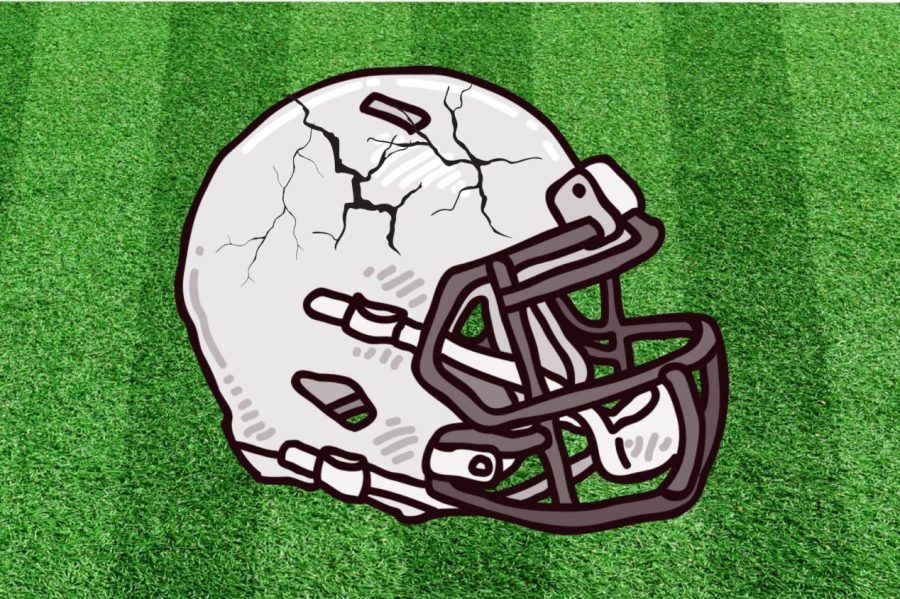Opinion: The NFL does not take injuries seriously
Credit: Genevieve Morrison
WSPN’s Bella Schreiber and Jenny Shine discuss the NFL and concussions.
February 4, 2023
Miami Dolphins quarterback, Tua Tagovailoa, finished the season with yet another concussion, but for some reason, barely anyone cares. Tagovailoa, like some other National Football League (NFL) players, will most likely suffer from issues like chronic traumatic encephalopathy (CTE) due to the harsh nature of his sport.
Going into a sport like football, it is expected that there will be a risk factor for injuries, especially head injuries like concussions. The issue is that as a collective country we have become so exposed to gruesome injuries, some even life ending, that we have forgotten that this is a real problem that needs solving.
On Dec. 12, New England Patriots wide-receiver DeVante Parker took a hard hit against the Arizona Cardinals and struggled to stand up. Because of Parker’s lack of coordination after the hit, he should have been removed from the field for concussion protocol. At every official NFL game there are people called “concussion spotters.” These professionals are only at the game to watch players for signs of a concussion, like someone stumbling after a hit, and their job is to notice them and get them taken out of the game for an evaluation. Instead, Parker’s coaches, refs and spotters failed him, and it appeared like the play would continue. Luckily, his teammate, Nelson Agholor, saw Parker struggling and kneeled while waving his hands desperately to stop the play. The worst part about Agholor’s signals and Parker’s stumbling is not what ultimately stopped the play, but instead how the Cardinals threw a challenge flag.
The NFL sets the precedent for all leagues of football that fall beneath it. Players, coaches and medical professionals look to the NFL for guidance.
“I do try to grab [athletes off the field] in situations we’ve seen in pro-sports,” WHS athletic trainer Katie Headley said. “[I] grab them out or at least have a coach grab them out to do a sideline evaluation, and then they may go back in, depending on how that evaluation goes.”
When the NFL handles a situation in a certain way, it has a greater impact on the entire sport. This responsibility should not be taken lightly.
Some young players aspiring to be in the NFL may see coaches and officials brushing off injuries and assume they should follow in their lead. Then, when the young players obtain injuries, instead of getting help or removing themselves from a play, they may force themselves to play through their pain. If someone as young as a middle school player sees their favorite athletes repeatedly taking blow after blow without receiving proper care, they might believe they can never reach their goals without sacrificing their body and physical health.
For high school football players, some of which aren’t even planning on continuing their career past high school, risking their lives by playing through injuries is a huge risk that doesn’t seem worth it. It seems completely reasonable for high school leagues to require a few extra safety precautions, seeing as the players are not always fully grown and some are not ready to commit to potentially ruining their future because of sports injuries.
“If you try to brush [a concussion] off, and you get hit again, it could be a lot worse,” Headley said. “That’s usually what I try to drive home.”
While the most permanent and effective resolution would be to cancel the sport of football altogether, that’s not realistic or happening anytime soon. Instead, it’s crucial for players, coaches and fans to understand and take into consideration the risks of concussions. If the NFL and the leagues below it are unable to add any more safety precautions to the mix, it’s at least necessary that they emphasize the importance of taking injuries, and potential injuries, seriously.
No one can say for sure if the NFL is purposely risking its players to win games, but in moments like these it’s hard to think that not a single coach, concussion spotter or ref saw the stumbling player. If the NFL won’t take its own players’ safety seriously, they should at least be working on improving player safety for the younger middle and high schoolers looking up to their favorite players. It’s crucial for the NFL to recognize its impact on the younger audience and set the precedent for a safer future.
It takes more than just a few teams and players to acknowledge the dangers of football. It takes everyone. Teams and coaches must recognize the danger of injuries, especially head ones, and take players out of the game when needed. In the end, the most important thing is the safety of each player. As a sports community, we need to allow players the room to sit out from games, no matter their supposed “importance,” and allow them the time they need to heal.
Although the NFL has taken steps to make football a safer sport than it was in the ‘90s, these repeated head injuries have a larger impact than people’s fantasy football teams. These major concussions are reality for these athletes, and the effects are with them for the rest of their lives. It’s time we speak up.





![Last Wednesday, the Wayland School Committee gathered to discuss a number of topics regarding the health curriculum and Innovation Career Pathway course. Another large topic of conversation was the ways to potentially mitigate distracting cell phone usage. "These [phones] are going to distract your learning and social relationships," Superintendent David Fleishman said. "That's concrete right there."](https://waylandstudentpress.com/wp-content/uploads/2025/06/Screenshot-2025-06-04-at-9.49.31 PM-1200x886.png)





